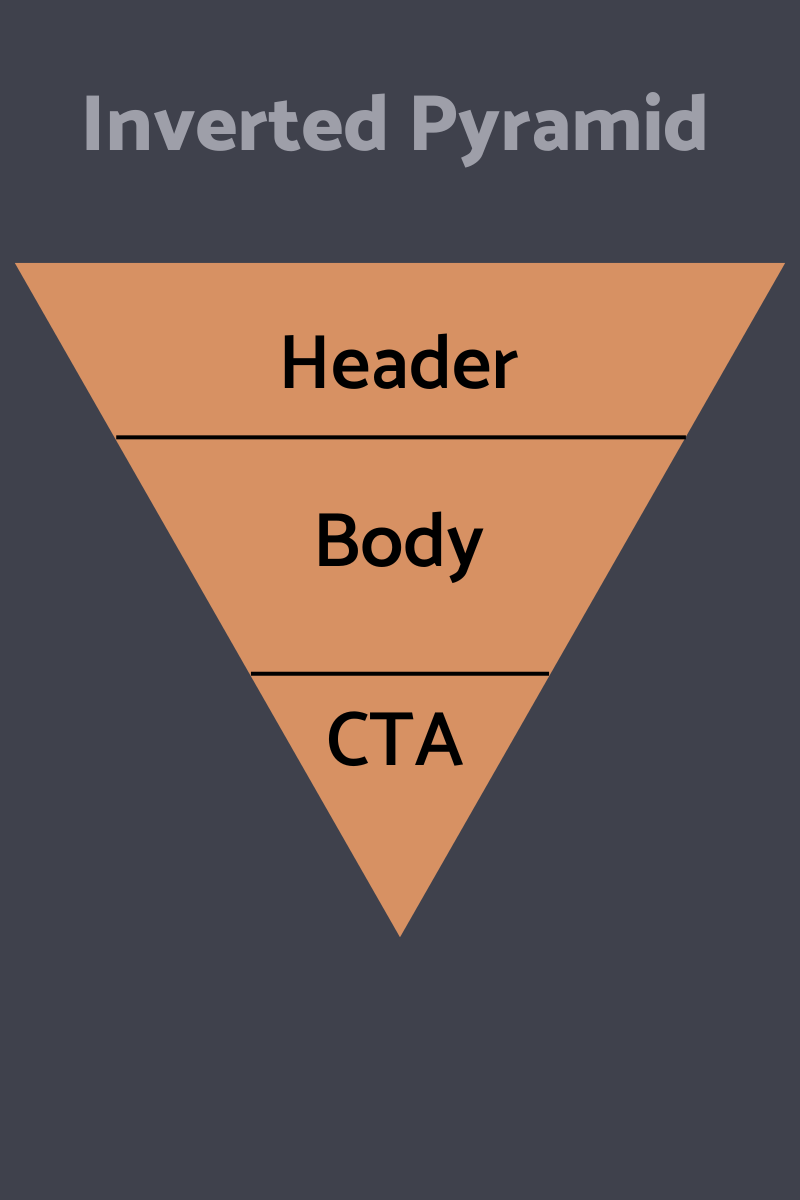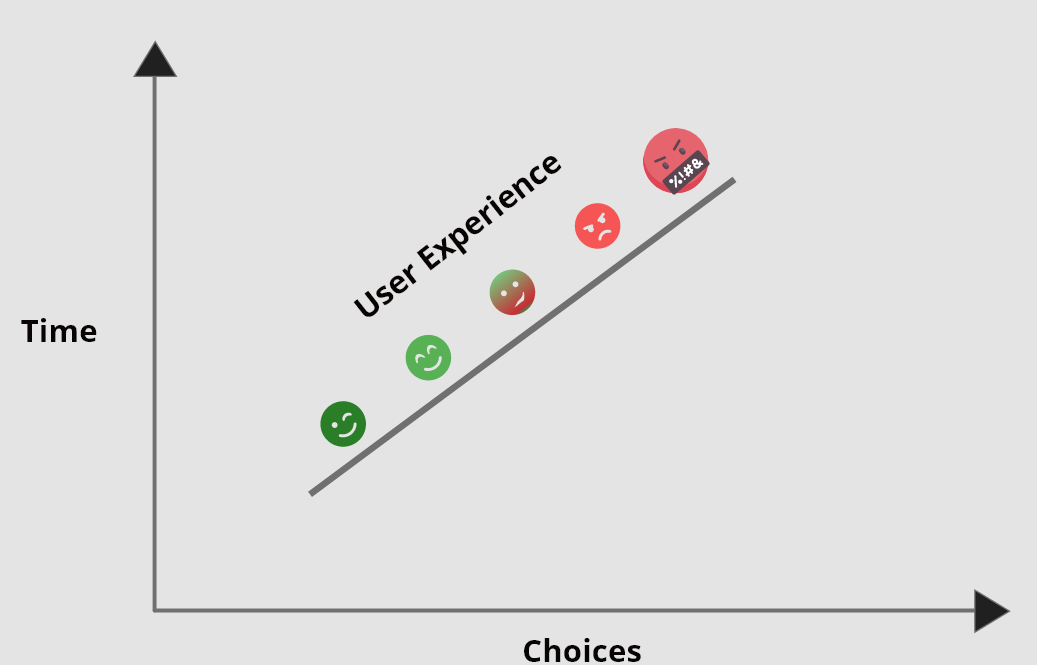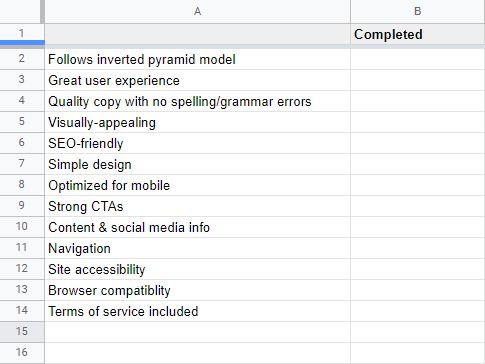Homepages are the introduction to your brand and business. It’s the first thing that welcomes your customers, directing their customer journey and dictating whether they see value in your brand. In this piece, we’ll break down how you can design a homepage that converts so you can improve your website’s performance.
There are millions of websites but only a portion truly convert quality leads. The secret? hey just make a massive first impression.
Remember this when you’re launching a website, your homepage matters more than you already know.
Designing a homepage that converts is a challenging task. Many of us have different ideas — and it’s challenging to know where to draw the line between including and excluding those ideas. The question now is, where do you start?
Websites aren’t all about aesthetics. In this article, we’ll help you know how to design a homepage that converts.
Web design companies can play a pivotal role in helping you have the best homepages and designs for your business. Connect with the top web design agencies on Visual Objects if you have a project in mind.
Your First Introduction
Your website's homepage functions as the visitor's initial introduction to your company and brand. The moment they click on your link, the homepage can help spark their interest and determine whether they should explore your website further.
Essentially, the conversion rate of your website is directly related to how well your homepage is designed.
Regardless of business type, your homepage doesn’t just need to capture your brand identity, it should also immediately give the user an idea of what you sell. If you don’t see a lot of traffic to your website, that’s a massive sign that you should consider analyzing and optimizing your homepage.
If your homepage doesn’t look professional or eye-catching, the less time site visitors will spend on your website. That’s not what anyone wants!
Landing Page vs Homepage
Before we break down how to create one, there are misconceptions about what landing pages and homepages are. Some even mistake one for the other. To give more emphasis on both, let’s go into detail about what their differences are so that you will know what ideas should be included for each.
The main distinction between them is their purpose. Homepages serve as the hub for your brand, carrying all the necessary information or content you need to connect with potential customers.
Meanwhile, landing pages are simple, precise tools that are specifically made to encourage action — may it be to purchase a new product, download a file, or subscribe to an email list. They have more targeted messages, unlike homepages that have more expansive content.
Read more about landing pages here: “3 Ways to Make Landing Pages That Convert”
Now that we’ve got that covered, let’s walk through how you can design a homepage that converts.
How to Design a Homepage That Converts
There’s no quick formula to designing a homepage. Every web designer has their own workflow or process, but here are design tips that you should highly consider when crafting a successful homepage:
- Inverted Pyramid Model
- Hick’s Law
- The Simpler, The Better
- Quality Content & Graphics
- SEO-Friendly
- Mobile Optimization
- Bespoke CTAs
- Create a checklist
Inverted Pyramid Model
The inverted pyramid model isn’t just for journalism and writing, its very structure is also ideal for web design. If you’re not familiar with it, the inverted pyramid model is commonly used by writers for news articles. It follows the simple hierarchy — the crucial information goes on top, supported by other details, and it all leads to a conclusion at the end.
Visualize it by flipping a triangle upside down; the header, body, and CTA.

When prioritizing the messaging of your homepage, follow the inverted pyramid rule. Immediately give a value proposition with your head, follow that up with supporting details, and end it with a strong call to action.
Making sure that the very top of your homepage already presents what your customers will want or what your product is. You can follow that up with insightful FAQs or supporting details that will further hook your customers.
Never underestimate the importance of supporting information. Most customers don’t just look at the top part of your homepage and already feel confident about the service or product. More often than not, they look for more materials that can seal the deal.
Put yourself in their shoes; whenever possible, we also want to see important details before anything else.
Hick’s Law
Not familiar with Hick’s Law? In web design, Hick-Hyman’s Law is a guide that’s followed by web designers of all experience levels — from beginners to tenured professionals. The law is widely preferred by many because it helps create a seamless and impactful user experience.
When designing a homepage, you consider the emotions of users above all else. Hick’s Law states that the time taken by users to make a decision increases depending on the number of choices they have. The more options, the more likely they will take more time to come up with a verdict — and that could actually end up causing an infuriating information overload.

Source: Bootcamp
Have you ever experienced opening a website and immediately being welcomed by a ton of options that can seem overwhelming? Unless you’re creating an e-commerce site like Amazon, your homepage doesn’t need to follow that structure.
How does Hick’s Law apply in web design? By following that principle when designing a homepage that converts, you give your users the best option immediately. A crowded homepage is just distracting. The faster you can convince them with already top-notch options, the better your website conversion rate will be.
When you cut back the number of choices you present on your homepage, it shows your customers how confident you are with your product or services.
The Simpler, The Better
In correlation with the first two, keeping your homepage’s design simple boosts conversion. Case studies have already shown that complex designs don’t perform better than simpler designs.
Our minds subconsciously deter from cluttered visuals. Simple and concise designs are more appealing — hence, why minimalism is still favored by many.
With that said, simplicity doesn’t need to be minimalistic. Add important elements and content to your homepage but don’t go overboard by dumping too much fluff. You don’t need to cram everything on your homepage.
Take advantage of the white space, sleek fonts, and modern color schemes so that your homepage doesn’t just look simple but also sophisticated. A homepage design that's simple instills a sense of familiarity in users, resulting in less time spent searching for the proper product or button and more time concentrating on the reason they are on it.
Quality Content & Graphics
Having high-quality content, images, and graphics on your homepage keeps your customers satisfied and interested. Remember to make sure you invest in content marketing as much as you invest in the design itself.
Texts that weren’t proofread or images that don’t look professional can turn off anyone.
A homepage that converts know-how to educate their customers. Avoid unnecessary fluff and generic corporate descriptions for your content, and make sure that your copies are bespoke to your brand. Customers appreciate content that’s straightforward, readable, and relevant.
SEO-Friendly
Homepages should be SEO-friendly. Most marketers will agree that a homepage plays an integral role in helping your website rank better on search engines.
A homepage is a hub because it contains important backlinks and keywords. Aims to optimize your homepage to increase conversions, improve lead generation, and boost domain authority.
Search engine optimization should not undermine your homepage’s goal but should supplement it.
If you want to know more about what SEO elements you should integrate into your designs, take a look at this piece from The Manifest “4 Key SEO Elements To Include On Your Website.”
Mobile Optimization
Your business may have a good homepage that works well on a desktop browser but most consumers nowadays are using their mobile devices when searching for something.
Optimize your homepage to fit and work well on mobile devices such as smartphones and tablets. You could be losing out on a lot of sales if you don’t consider mobile users.
Bespoke CTAs
Every article about marketing, conversion, or designs mentions the importance of call-to-action buttons (CTA), and they’re not wrong. You can’t expect to have a good conversion rate if you don’t have a clear CTA.
As much as it's highlighted by many, a lot of home pages still don’t have good CTAs. Customers are tired of seeing the generic “buy now” or “sign up” at the bottom of the page. It’s high time that you and your team brainstorm on a bespoke CTA that compliments your brand and homepage’s purpose.
Going back to one of the points here, a simple web design with an inverted pyramid format leads helps focus your visitor’s attention on the CTA. Make it easier for them by creating eye-catching and encouraging CTA buttons to convert them.
Create a Checklist
After you’ve confidently followed those design tips, consider making a checklist before you finalize your homepage’s design. Here’s an example of what you need to include on your list:
- Link to your social media
- Contact information
- A/B testing
- Set up Google Analytics
- Double-check URLs
- Proofread your content
These are just some options that you can include on your homepage checklist - some websites might need different features than others.

Download our homepage checklist to help your team with your web build.
Homepages Have a Big Impact
Making a good impression is the main mission of a homepage, what keeps site visitors loyal is the overall experience. With that in mind, you still need to hook your target audience in, so take your time designing a strong homepage that converts.
Now that you know all of those tips, don’t be afraid to break a few ones if need be. There’s no formula to success, even when designing a homepage — just remember to keep it bug-free and updated.
If you’ve learned something in this piece, you may want to find a good web design agency that can help you have a homepage that converts. Take a look at Visual Object’s list of the top web design agencies to help you with your project.
Additional reading: